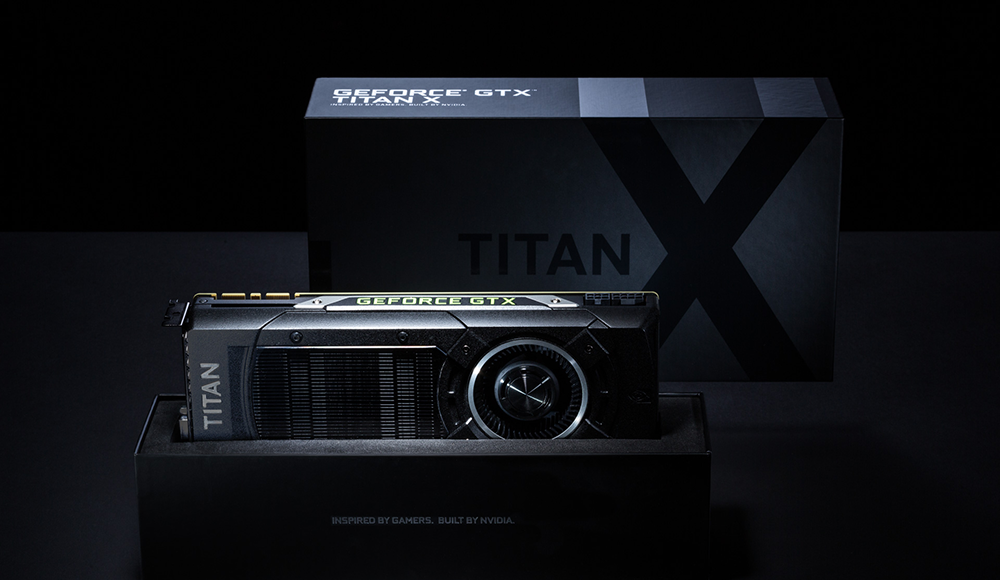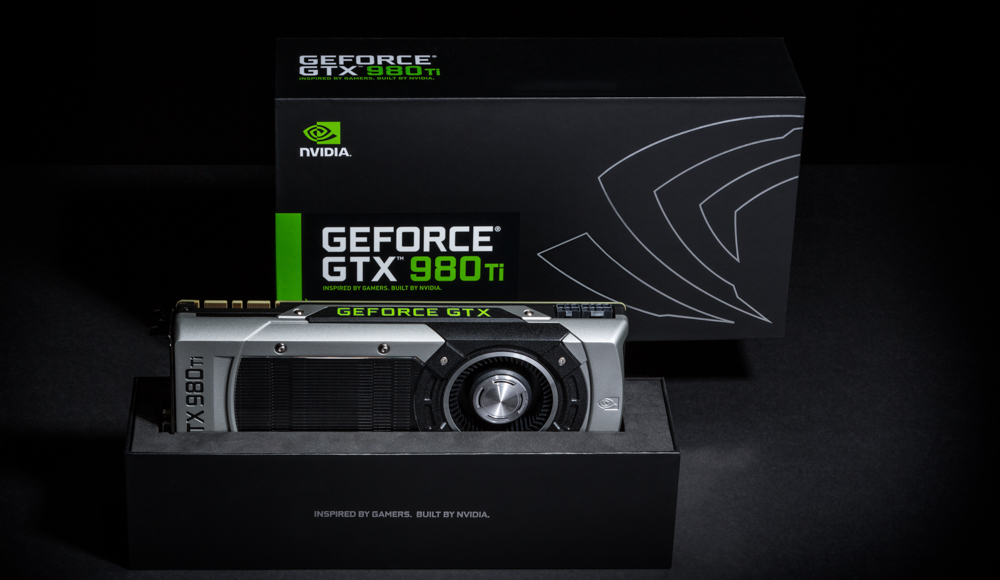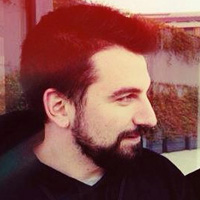Welcome to
Architectural Visualisation Challenge VI
Sponsored by






Hard as it is to believe, “The Vineyard” challenge has closed! What an amazing ride it was, seeing all the great work being shared on the forums daily.
After processing all final entries you can view them all in “The Vineyard” Challenge Portfolio. Each one has a video, still images and short description. Some of them also have links to download the realtime file so you can play with it on your own. Be sure you do so on a computer with a great graphics card!
The field of architectural visualisation is a striking blend of both the pursuit of photorealism and the desire to create something artistic, inspiring, and entirely new. In “The Vineyard” I propose taking things into what used to be the gaming realm but doesn’t have to be just that anymore.
By bringing together the two unique industries of game development and architectural visualisation, this realtime Challenge will mark the unification of these two fields in a way that hasn’t been seen before, encouraging a deep collaboration that will result in something entirely new for all involved.
The use of Unreal Engine 4 in this brilliant architectural challenge is yet another example of the technology moving outside of its’ original capacity and affecting an entire industry in a way that I don’t think anyone could have predicted.
says Epic Games Lead Technical Artist, Wyeth Johnson.
Our focus on building not just great game development tools… but great tools, period, is what makes this challenge possible. It also highlights a unique aspect of our realtime rendering technology, in that architectural scenes that used to be relegated to the still image are now capable of coming to life in ways that are interactive and responsive to the viewer. We can’t wait to see what people in the community do with that extra layer of capability beyond just a beautifully rendered static scene.
Your mission, should you choose to accept it, is to visualise “The Vineyard” using Unreal Engine 4 in doing so.
The theme was chosen specifically to take advantage of the power of Unreal Engine 4, namely a blend of high fidelity interior spaces and stunning outdoor vistas. You are encouraged to think outside the box to interpret a Vineyard and Winery setting of your own design.

Much like in the “CityLIFE” challenge, your have lots of freedom in terms of your concept. I’m not providing you with a specific model like in “The Museum” challenges, but there is a program you need to keep to.
Don’t panic! there are no wrong answers to this 😉
Your Vineyard will double as a boutique hotel offering visitors to stay on the grounds enjoying the views, great food and obviously… Wine! Considering that you will need to develop the vineyard grounds, and a single structure or a decentralised scheme that will hold the winery / hotel functions which include the winery, visitor center, guests suits, reception area, restaurant and spa. You can choose how much detail to devote to each and what is your main focus within this scope.
At this point I usually state that your entry will be judged according to overall accepted standards of architectural visualisation, but this time around you have a chance to set some new standards!
That said, your entry will be judged based on a number of categories such as lighting, materials, modelling, concept, story, animation, interactivity, technical skill, emotive qualities and participation in on the forums showcasing your progress as well as offering feedback to other challengers. The winners will be chosen by a group of expert judges from the Game, Film, and Architectural fields.
I encourage all followers of the blog, as well as new comers, to take part in this Challenge. Great prizes aside, this is an amazing opportunity to explore new territory and shape the way ArchVIZ is going to be done in the near future!
Jump start your imagination and create something original!

Founded in 1991, Epic Games is the creator of the Unreal, Gears of War and Infinity Blade series of games. Today Epic is building Fortnite, the new Unreal Tournament, and multiple unannounced games. Epic’s Unreal Engine technology brings high-fidelity, interactive experiences to PC, console, mobile, the Web and VR. Unreal Engine is freely available at unrealengine.com. For more information on the studio, visit epicgames.com and check out @EpicGames.

Developed by Epic Games, the award-winning Unreal Engine is known for bringing high-fidelity experiences to PC, console, mobile, Web and VR. Unreal Engine accelerates the creation of games, applications, simulations, visualisations and cinematic content. Download Unreal Engine for free at www.unrealengine.com, and follow @UnrealEngine for updates.

For two decades, NVIDIA has pioneered visual computing, the art and science of computer graphics. With their invention of the GPU — the engine of modern visual computing — the field has expanded to encompass video games, movie production, product design, medical diagnosis and scientific research. Today, visual computing is becoming increasingly central to how people interact with technology. See more at www.nvidia.com, and follow @Nvidia for updates.
All four main winners in the TEAM & SOLO categories will get the GeForce GTX TITAN X sponsored by NVIDIA.
GeForce GTX TITAN X is built for the most demanding gaming enthusiast. It combines the very latest technologies and extreme performance of the new NVIDIA Maxwell™ architecture to be the fastest, most advanced graphics card on the planet.

There will also be winners selected for topical categories, yet to be determined, such as lighting, texturing, etc. All the winners in these categories will get a cash award sponsored by Epic and the GeForce® GTX™ 980 Ti sponsored by NVIDIA.
GeForce® GTX™ 980 Ti sets a new benchmark in gaming performance, delivering an exciting new level of capabilities. Accelerated by the groundbreaking NVIDIA Maxwell™ architecture, it has the advanced technologies and horsepower to take on even the most challenging games at high settings in 4K and provide smooth, immersive virtual reality.


CTO, Epic Games, Inc.
Epic Games CTO Kim Libreri is responsible for continuing Epic’s tradition of fusing state-of-the-art technology with the pinnacle of visual artistry, and for defining the studio’s Unreal Engine as the platform of choice for all types of interactive experiences including games, movies, visualisation and virtual reality.
Prior to joining Epic Games, Kim was the Chief Strategy Officer at Lucasfilm, where he was responsible for the company’s Star Wars technology strategy and innovations in interactive storytelling, including the highly-awarded 1313 prototype. Kim’s career in digital technology and visual effects spans over 20 years and he has credits on more than 25 films including ‘Super 8’, ‘Speed Racer’, ‘Poseidon’ and ‘The Matrix Trilogy’.
He led the development team for the award-winning ‘What Dreams May Come’ as well as for the original ‘Matrix’, developing the now-legendary Bullet Time technology.
Kim is a respected member of many visual effects bodies, including the visual effects branch of the Academy. He has received numerous awards for his work and contributions to Motion Picture technology including an Oscar nomination in 2006 and two Academy Awards in 2000 and 2015.

Lead Technical Artist, Epic Games, Inc.
Wyeth is a 15 year veteran of the game industry with artistic and managerial contributions to more than 16 titles across multiple platforms and game technologies, including the entire Gears of War series and franchises such as Unreal Tournament, Counterstrike, Star Trek and Sin. He has a strong focus not only on technical art, visual language, and design, but also on creative leadership and what it takes to ship games and not kill each other in the process.
In the time since shipping Gears of War Judgment, he has acted as art director on a number of projects including internal game projects and the UnrealEngine4 realtime cinematic, “Infiltrator”. He is now the lead technical artist on the UnrealEngine 4 team, contributed to the 2015 realtime cinematic “A Boy and his Kite”, and is now running the Archvis initiative internally at Epic Games.

ALT Creative, Inc.
Ash Thorp is a graphic designer, illustrator, artist, and creative director for a multitude of media, including feature films, commercial enterprises, and print.
With an exceptional style of his own, Ash quickly gained recognition for his astounding UI (user interface) graphics in Ender’s Game and Total Recall. Thorp has also contributed to the design direction and concepts for Person of Interest, Prometheus, X-men First Class, the Amazing Spiderman 2, and many more titles. His work has been featured in various publications, such as Motionographer, ImagineFX, Kotaku, and Art of VFX.
Compelled to give back to others, Ash Thorp has traveled the globe to speak at conferences and help share his journey and industry lessons with other creatives. He also wanted to find another way to personally share his experiences and connect artists from all over the world together, so he created The Collective Podcast, which is currently distributed via iTunes. Thorp aimed the podcast at exploring the struggles of work/life balance and to share the experiences of influential creatives from all realms of media, including (but not limited to) designers, illustrators, visual effects artists, writers, painters, and programmers.
Ash Thorp’s career is a continuous rotation of roles from designer to creative director. He is fueled by a tremendous internal drive to develop his own signature imprint on the industry. His first directorial debut started with the assembly of an international team for his visionary Ghost in the Shell tribute titled Project 2501. Ash then wrote and directed the main title for OFFF Barcelona 2014 alongside his close friend and acclaimed director, Anthony Scott Burns. In 2015, he was requested once again to assemble an international team of designers and create the title sequence for FITC Tokyo, which instantly gained monumental attention, including selection as a Vimeo Staff Pick. Through his multitude of career roles, Thorp still finds the time to maintain his connection with his early childhood love of drawing. He recently created a graphic series titled Lost Boy, which is in further development alongside his co-director, Anthony Burns. PostPanic Pictures announced that they will be producing a concept short for Lost Boy with an aimed release date in 2016.

Co Founder, Director, SOA Studio & Academy
His passion for architecture and computer graphics’ techniques bring him to continuously reach for new ways to express projects’ vision through images. After several work experiences in Italy, in 2007 worked for the well known English Studio Hayes Davidson as a Project Lead Artist, where he created images for Renzo Piano Building Workshop, Kohn Pedersen Fox, John Pawson, David Chipperfield, Hamiltons Architects, West8.
In 2009, together with Roberto and Manuela, he set up State of Art, working as a managing Director. SOA is also a Chaos Group Certified Training center with more than 200 graduate students working in various studios and firms all over the world.

His passion for graphic changed completely his personal education, leading him first to work as Web Designer and then as 3D Artist. After nine years of personal artistic growth he comes close to the architectural Computer Graphic field.
Roberto is working also on the educational side of the studio with SOA Academy. the cooperation with Gianpiero and Manuela gives birth to SOA, and his aim is to promote Architectural Vision at the highest level.

Founder, Polytown Media & ronenbekerman.com
Ronen Bekerman is an Architectural Visualisation Artist based in Tel Aviv, Israel.
In 2005, With background in both Computer Science and Architecture, Ronen decided to focus on Architectural Visualisation and 3D Design Exploration and formed Polytown Media. A studio producing visuals for a wide range of project types and support in the design process of leading Israeli architecture firms. Polytown Media also provides Software and Training for professionals in 3d visualisation, architecture and design industries.
In 2009, Ronen launched, what has now become, an extremely popular Architectural Visualisation Blog offering an invaluable source of information on all aspects of the architectural visualisation field.
Starts June 15th – Ends September 15th
More rules may be posted here during the first days of the challenge. See FAQ section for answers to common questions.
This is a skill-based competition
Eligibility
The 2015 “The Vineyard” Challenge (“Challenge”) is open to legal residents of all countries except Cuba, North Korea, Syria, Sudan, and Iran (collectively, “Territory”) who are over the age of majority in their country, province or state of residence. Employees of Sponsor, its divisions, affiliates, subsidiaries or advertising agencies associated with this Challenge, and relatives of and those living in the same household as such individuals are prohibited from entering. For the purpose of this Challenge, relatives are defined as spouse, partner, parent, legal guardian, in-law, grandparent, sibling, children and grandchildren. Void where prohibited by law.
Organiser
The Challenge is organised by Ronen Bekerman on www.ronenbekerman.com via Polytown Media LTD (“Organiser”), Dubnov 7, WeWork Building, Tel Aviv-Yafo 6473207, Israel.
Sponsor
The Competition is sponsored by Epic Games, Inc (“Sponsor”), 620 Crossroads Blvd Cary, NC 27518, United States.
Agreement to Official Rules
By participating in this Challenge, entrants agree to these Official Rules, which are a contract, so read them carefully before entering. To the extent permitted by law, this contract includes a limitation of your rights and remedies. Organiser and Sponsor reserves the right to make reasonable amendments to these Official Rules at any time, to qualify and verify all submissions, and to reject any submissions that do not meet the requirements for participation as established by Sponsor. All decisions made by Organiser and Sponsor concerning this Competition shall be final and binding on all entrants, in all respects. Each winner will be required to participate in the prize fulfilment process and sign documentation, such as a release, within the timeframe specified by the Organiser and Sponsor, as more fully detailed below.
How to Enter
Eligible entrants may participate in the Challenge by completing the following steps :
To what extent can UE4 Marketplace content or other online sources for props, shaders and animation rigs can be used?
You can use such content, and actually, we are arranging for some pre-made stuff for you by Design Connected, Laubwerk and AXYZ Design. These should be available on the UE4 Marketplace soon. So… you can use but don’t abuse! keep in mind that you final entry should be yours aided by extra content by others not complexly made out of it.